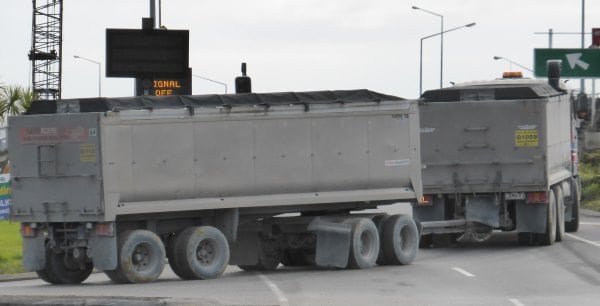A. 2m
A. 2m
B. 4m
C. 6m
D. 8m
Four metres between the vehicle and its trailer allows for a tight turning circle without the risk that the corner of the trailer will touch the back of the towing vehicle.
If the gap is too long, at night it becomes more difficult to see that a vehicle is towing the trailer. This is a particular problem on motorways and dual carriageways: a vehicle begins to overtake you and, out of the corner of your eye you see the end of it. You take a quick glance in your blind spot and you should be able to see the trailer. Bear in mind the trailer coupling is low down and therefore not as easy to see - in fact, it might be impossible to see if you are a short driver and your car has a high shoulder line. If the trailer is too far behind, motorists may think they can pull in right behind the towing vehicle but will hit the tow coupling. It's even riskier if it is a vehicle being towed by a rope.
Four metres also ensures that the trailer can be of usable length without risking that the whole vehicle combination becomes unwieldy or illegally long - see maximum vehicle lengths. This space is called the intervehicle distance.
The longer the tow coupling, the greater the potential for flexing of the material if the towing arm is made of metal. This could create instability at speed.
As you can see in the truck photo below, there is sufficient distance as it turns, but the trailer can be of usable size for its purpose.
